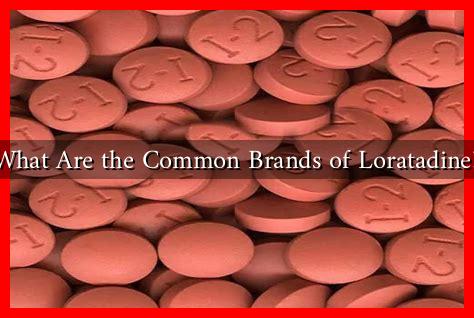-
Table of Contents
What Are the Common Brands of Loratadine?
Loratadine is a widely used antihistamine that helps alleviate allergy symptoms such as sneezing, runny nose, and itchy eyes. It is particularly popular due to its non-drowsy formulation, making it a preferred choice for individuals who need to maintain their daily activities without the sedative effects commonly associated with other antihistamines. In this article, we will explore the common brands of loratadine, their uses, and important considerations for consumers.
Understanding Loratadine
Loratadine belongs to a class of medications known as second-generation antihistamines. Unlike first-generation antihistamines, loratadine is less likely to cross the blood-brain barrier, which minimizes sedation and allows users to remain alert. It is primarily used to treat allergic rhinitis (hay fever) and chronic urticaria (hives).
Common Brands of Loratadine
Several brands offer loratadine, each with its unique formulations and packaging. Here are some of the most common brands:
- Claritin: One of the most recognized brands, Claritin is available in various forms, including tablets, liquid gels, and syrup. It is often recommended for adults and children over the age of two.
- Alavert: This brand offers a dissolvable tablet form of loratadine, making it convenient for those who have difficulty swallowing pills. Alavert is also marketed as a non-drowsy option.
- Walgreens Allergy: A store brand that provides a cost-effective alternative to Claritin, Walgreens Allergy contains the same active ingredient and is available in similar formulations.
- Rite Aid Allergy: Another store brand, Rite Aid Allergy offers loratadine in both tablet and liquid forms, catering to a wide range of consumer preferences.
- Equate Allergy: This Walmart brand provides an affordable option for consumers looking for loratadine without compromising on quality.
How Loratadine Works
Loratadine works by blocking the action of histamine, a substance in the body that causes allergic symptoms. When allergens such as pollen or pet dander enter the body, histamine is released, leading to symptoms like itching, swelling, and mucus production. By inhibiting histamine’s effects, loratadine helps reduce these symptoms effectively.
Usage and Dosage
The typical dosage for loratadine varies based on age and specific product formulations. Here are some general guidelines:
- Adults and children over 6 years: 10 mg once daily.
- Children aged 2 to 5 years: 5 mg once daily (liquid formulation recommended).
- Children under 2 years: Consult a healthcare provider for appropriate dosing.
It is essential to follow the instructions on the packaging or those provided by a healthcare professional to ensure safe and effective use.
Potential Side Effects
While loratadine is generally well-tolerated, some individuals may experience side effects, including:
- Headache
- Dry mouth
- Fatigue
- Gastrointestinal disturbances
Severe allergic reactions are rare but can occur. If symptoms such as difficulty breathing or swelling of the face occur, seek immediate medical attention.
Conclusion
Loratadine is a popular choice for managing allergy symptoms due to its effectiveness and non-drowsy formulation. Common brands like Claritin, Alavert, and various store brands provide consumers with multiple options to suit their needs. Understanding how loratadine works, its proper usage, and potential side effects can help individuals make informed decisions about their allergy management. Always consult with a healthcare provider if you have questions or concerns about using loratadine or any other medication.
For more information on loratadine and its uses, you can visit the Drugs.com website.

